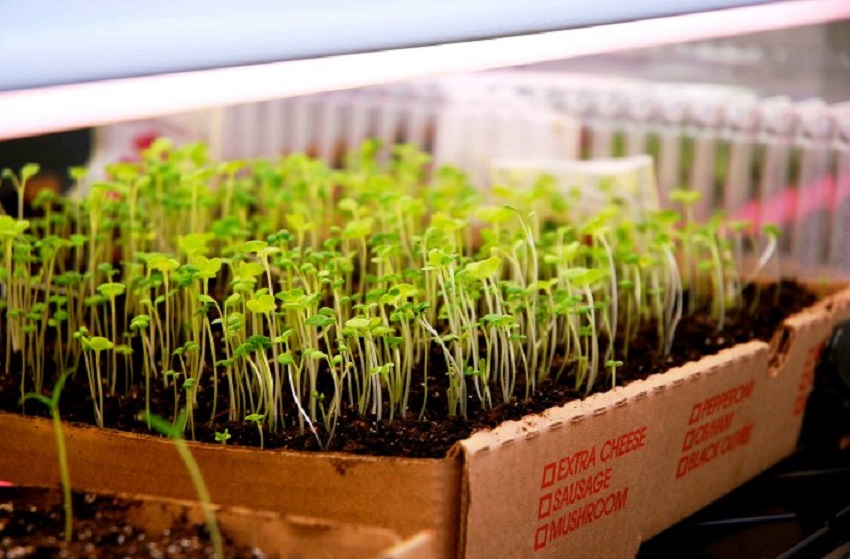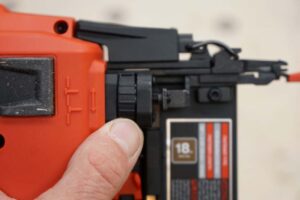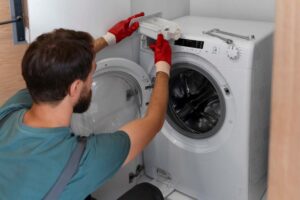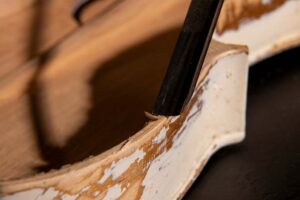How to germinate seeds indoors?

Can seeds be germinated indoors? Yes, this is possible and convenient in many cases. Since the germination process is delicate and seeds need lots of care, starting them indoors can give gardeners peace of mind. Also, the time needed to germinate seeds varies depending on season and temperature among other things. This fact along with lessening the chance of animal predation or loss due to harsh weather makes this process very attractive. However, one must keep in mind how to germinate seeds indoors. If done incorrectly, it can be a waste of energy and money since the seedlings might die early on.
Steps to germinate seeds indoors
- Select a suitable container
- Wash the seeds
- Dry the seeds, ideally by spreading them out on a newspaper or paper towel for a few days at room temperature in an area with good air circulation. Make sure they get sunlight too, since this speeds up germination and acts as a disinfectant, killing off disease-causing pathogens.
- Fill the container with moistened soil or compost (depending on what you are using). Ensure that the soil is moist but not too wet, or seeds can sprout in wayward locations in your container and become stunted by lack of light when they later try to find their way to the surface. Pour off any excess water after you have filled your container, leaving just enough to keep the soil moist.
- Check the depth of seeds before planting your seeds in the soil or compost.
- Cover your container with plastic or glass to help maintain moisture levels and place it in a spot that gets plenty of sunlight.
- Keep soil moist, but not soggy, until you see the seeds sprout. After their first set of leaves emerge, remove plastic or glass cover to allow air circulation and reduce the chance of fungal growth.
- Don’t forget to water your seedlings regularly until they become established after about a month. Be careful not to wet the leaves, as water on them can cause fungal growth and damage or kill your plants.
- Maintain proper temperature that is ideal for germination as well as indoor seedling’s growth. You can use a heating mat set at 65 degrees Fahrenheit (18 degrees Celsius) or a sunny window. Monitor your seedlings daily for signs of fungal growth, pest infestation, and lack of water to prevent tragedies from taking place.
In conclusion, starting seeds indoors is not too difficult if you follow these steps that were outlined above. Also, remember that anytime you plant your seedling into the ground, it must be hardy to cold and drought. Keep these things in mind and you will have good germinating results! You may also like to read this article germinating seeds in paper towel in House I love.







